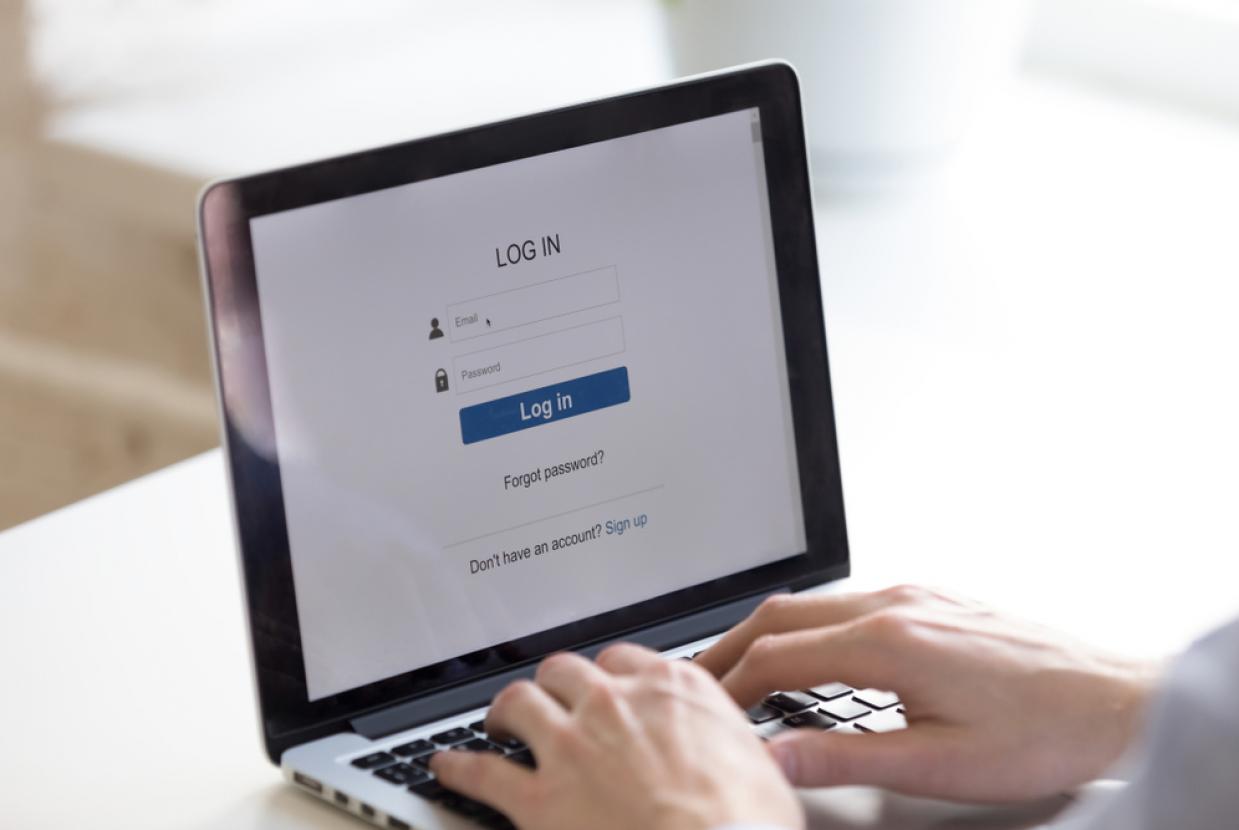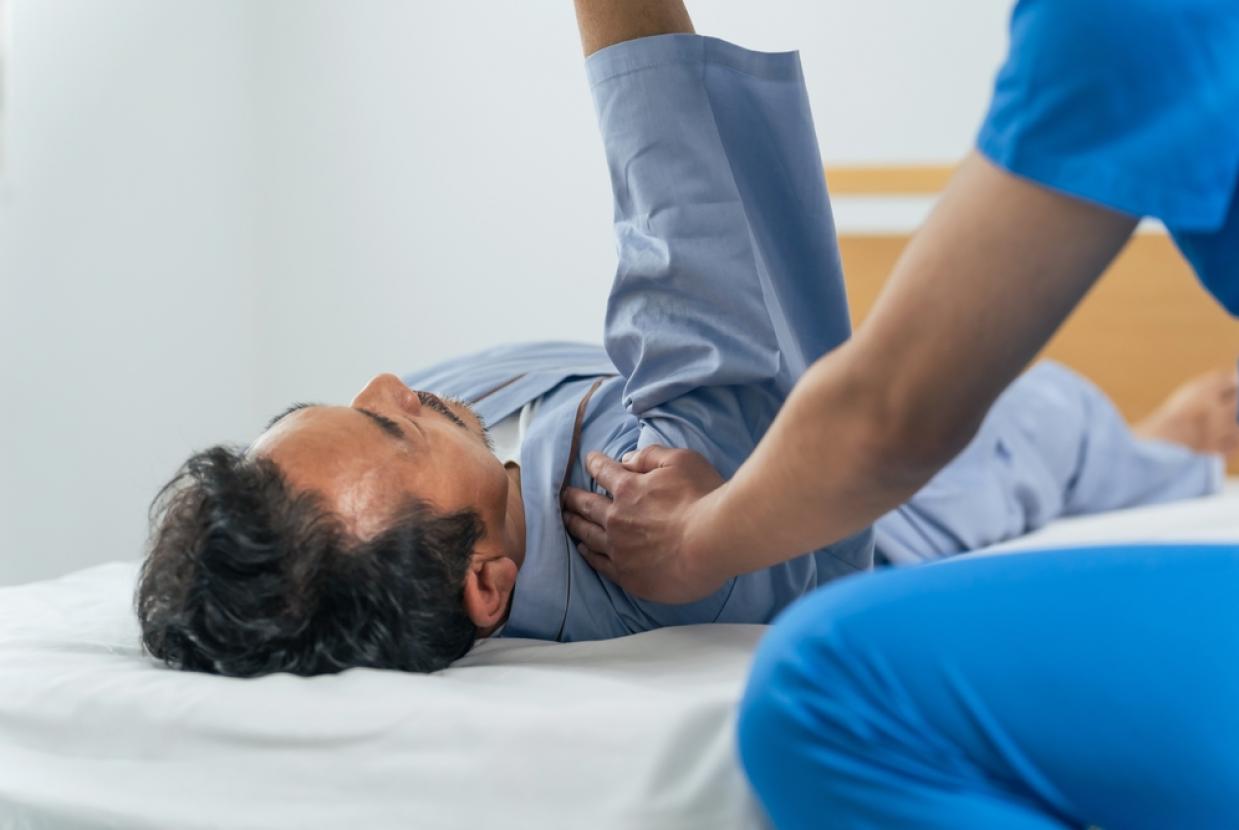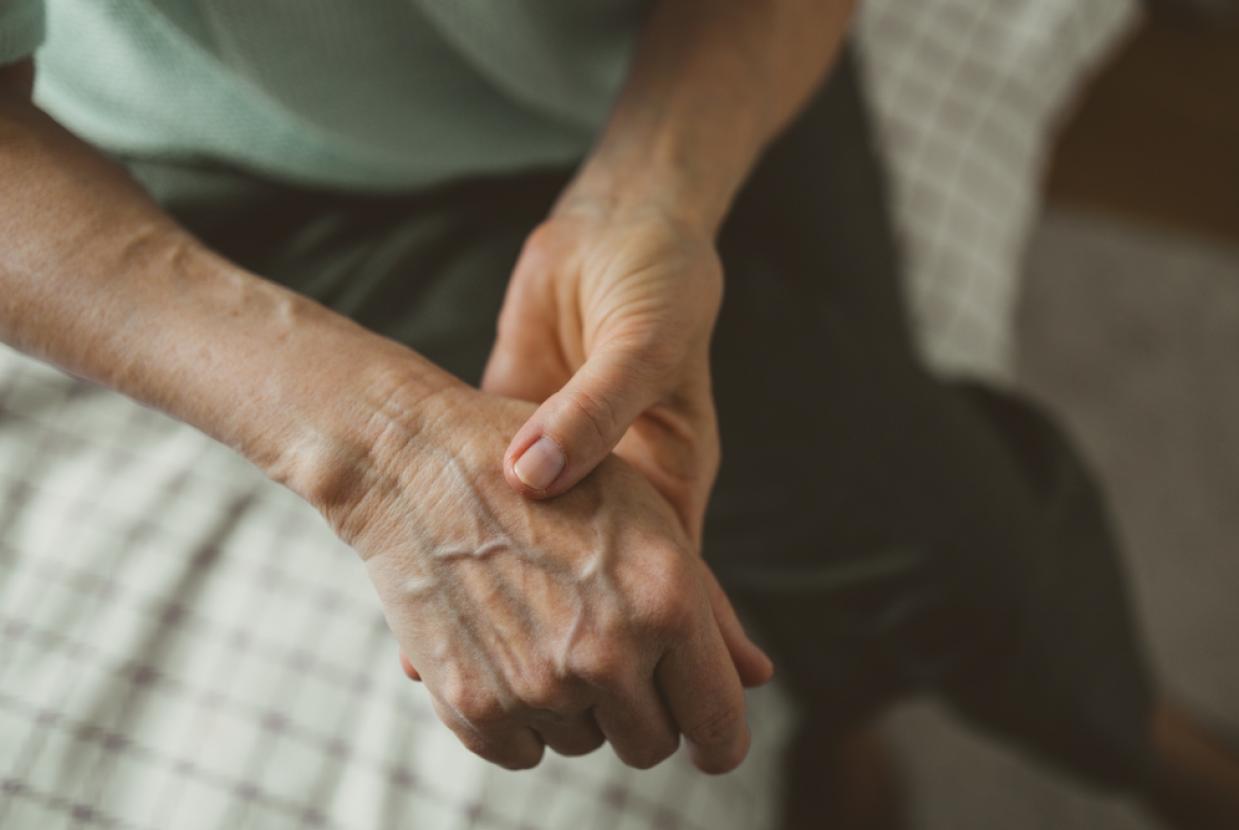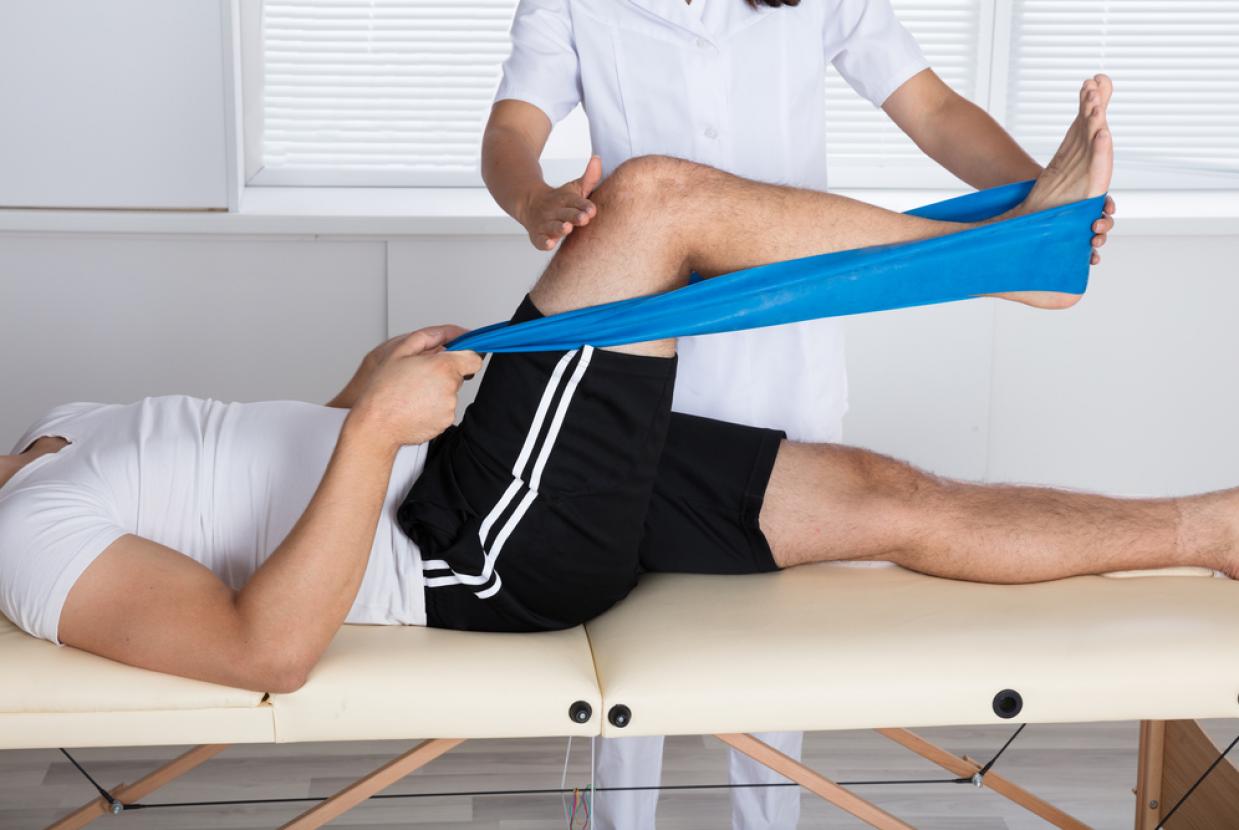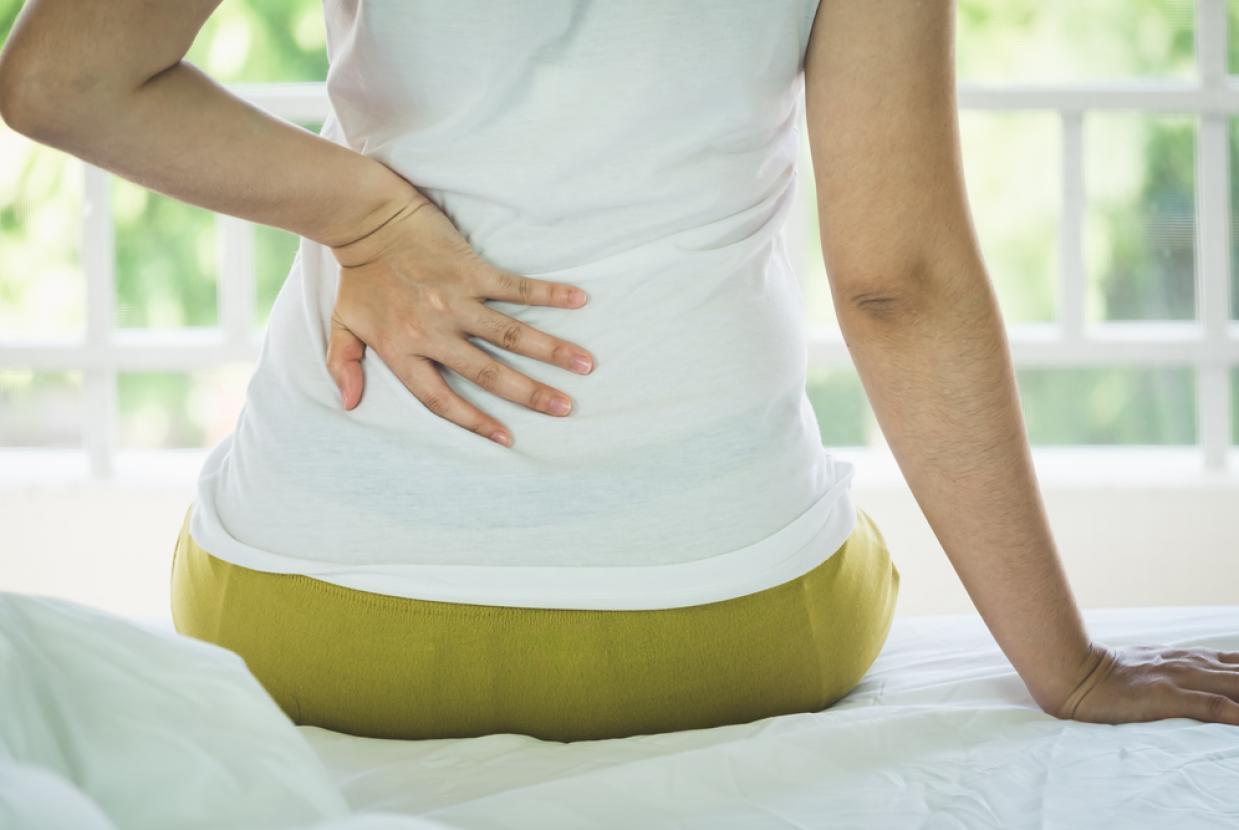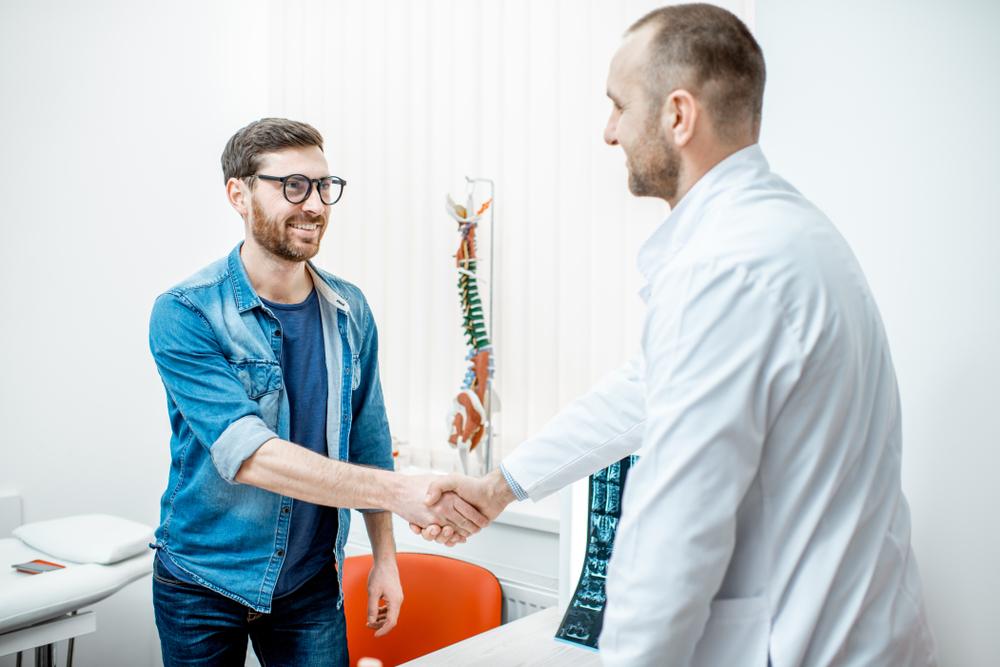Hip Pain
Your hip is a very stable and strong joint. It’s known as a ball-and-socket joint. This is because the top of the thigh bone is shaped like a ball. This ‘ball’ sits inside a hollow socket in your pelvis.
Ball-and-socket joints give the most movement of all the different types of joints in the body. The hip joint is held together by a covering of muscles which are secured to the bones by strong cords called tendons. These muscles and tendons form a capsule around the joint and support its movements. They help move the joint, supporting your leg and upper body movement.
When to see a doctor
Most of the time you can treat your hip pain yourself with simple self-help treatments. If your pain is extremely bad or hasn’t improved after two weeks of regularly taking painkillers, you should see your doctor.
You should see your doctor straight away if:
- you’ve had a fall or injured your hip
- the pain is getting worse
- you’re having difficulty with daily activities, for example walking, going up stairs or leaning forwards when sitting
- you feel feverish or unwell, or you’ve been losing weight.
Causes
Most of the time there is a very simple explanation for hip pain, for example if you’ve overdone it while exercising. In this case your pain is usually caused by strained or inflamed soft tissues, such as tendons, and it often clears up within a few days. Long-term hip pain can be caused by specific conditions.
If you have a problem with your hip joint you may feel pain in the groin, down the front of the leg and in the knee. Sometimes knee pain is the only sign of a hip problem – this is called referred pain or radiated pain and is fairly common.
Managing symptoms
There are several ways you can help your hip pain such as using painkillers, exercising and reducing the strain on your hip.
Painkillers
Simple painkillers or non-steroidal anti-inflammatory drugs (NSAIDs) such as paracetamol or ibuprofen tablets or gels – from a chemist or supermarket can help. A pharmacist should be able to give you good advice on what could work best for your condition. But don’t use them for more than two weeks without speaking to your GP.
You can try rubbing anti-inflammatory creams or gels onto affected areas, but some hip problems are so deep within the joint that this may not help. A pharmacist can advise you on what’s best for your condition.
Exercise
Your hip pain may improve with a few days’ rest, but as soon as the pain begins to ease, start some gentle exercise to keep your muscles working and stop your hip getting stiff.
If you don’t start moving your hip, it could start to get weaker and less flexible, which will reduce your ability to get out and about and lead a full life.
Simple exercises can also help keep the muscles strong, which will provide support to your hip and improve your symptoms. There are examples of exercises you can try on our exercises for the hips page.
Before you begin, it’s a good idea to get advice from a doctor, physiotherapist or personal trainer in a gym about specific exercises. Start by exercising very gently and build up gradually.
As with any physical activity, it’s normal to feel some discomfort or aching in your muscles after exercising. But you should stop if you get any joint pain that doesn’t go away quickly.
As well as doing specific exercises to help your hip, it’s a good idea to try to improve your general fitness. Things like going on a daily walk or going swimming will help to improve your general health and take the strain off your hip, by strengthening other muscles in the body.
Sometimes people stop exercising once their pain clears up, but when they do it’s common for them to start having problems again quite quickly. Even if you’re feeling better, it’s important you keep exercising regularly to stop the pain coming back.
Reducing the strain
It’s generally best to carry on doing your normal activities – but try not to overdo things. You might need to pace yourself and do a little more each day. There are ways you can do some daily activities slightly differently, so you don’t hurt your hip.
- Avoid sitting in low chairs as this bends the hip more and might increase your pain.
- Don’t carry heavy weights. When you’re shopping try using a trolley if it’s uncomfortable to carry a basket.
- Lessen the strain on your hip at work by finding a comfortable sitting position. Your workplace might be able to provide a footrest, back support or other equipment to help you. You could ask for a workstation assessment and talk about your condition.
- Talk to your line manager or HR department about any parts of your job you’re struggling with.
- Ask an occupational therapist or your GP whether using a walking stick could make it easier to get about. They can advise you on the correct length and the best way to use the stick.
- Lose weight if you’re overweight – your hip carries a lot of weight, so taking steps to reduce this will help.
- Avoid standing on one leg – for example, when you get into a car, sit on the side of the seat and swing both legs in rather than stepping in one leg at a time.




